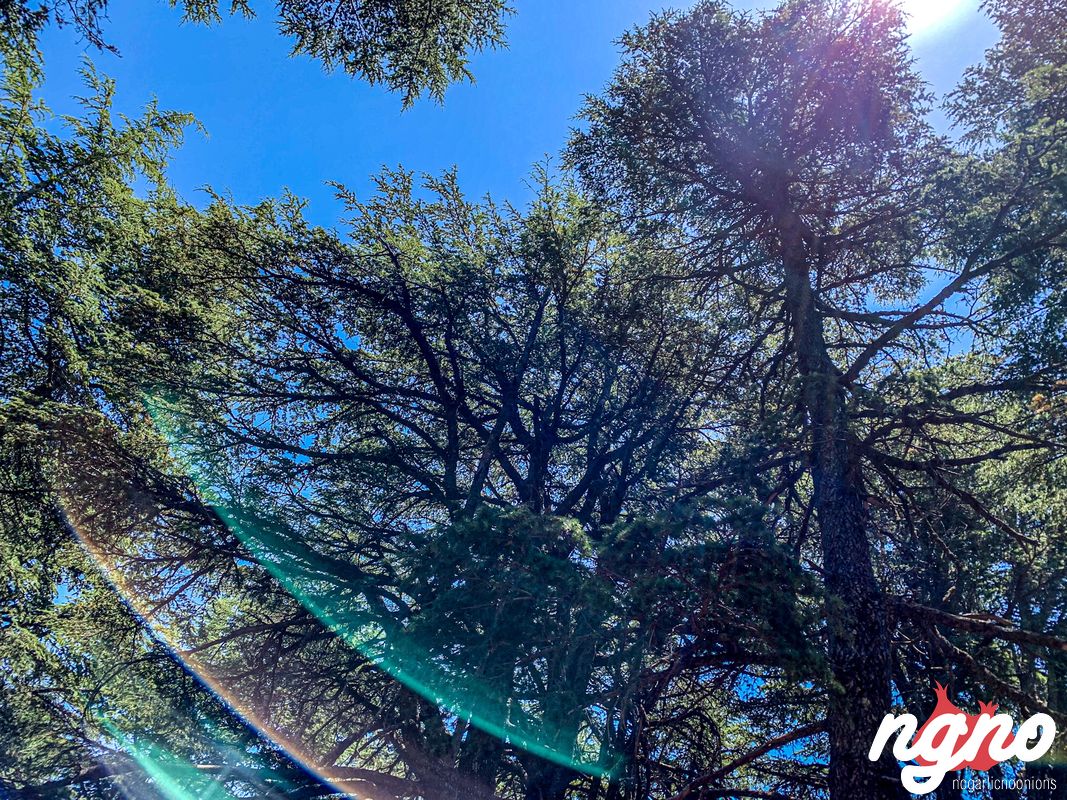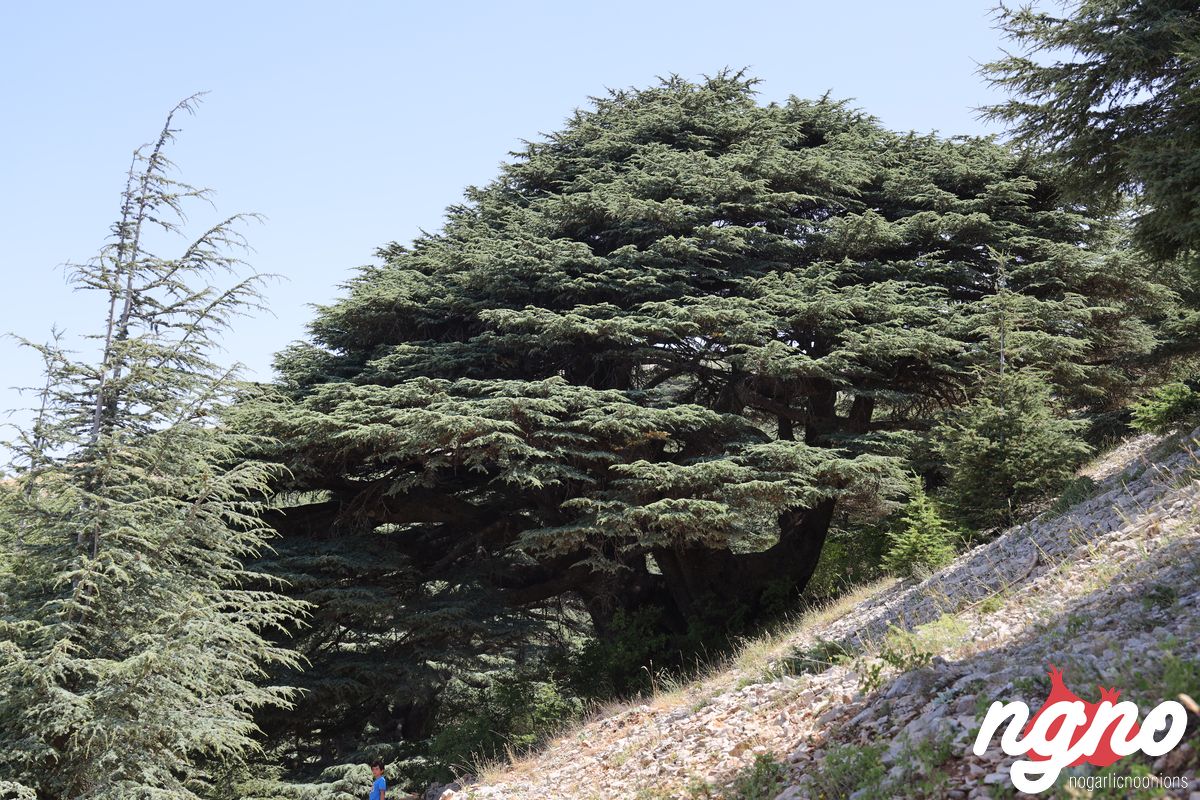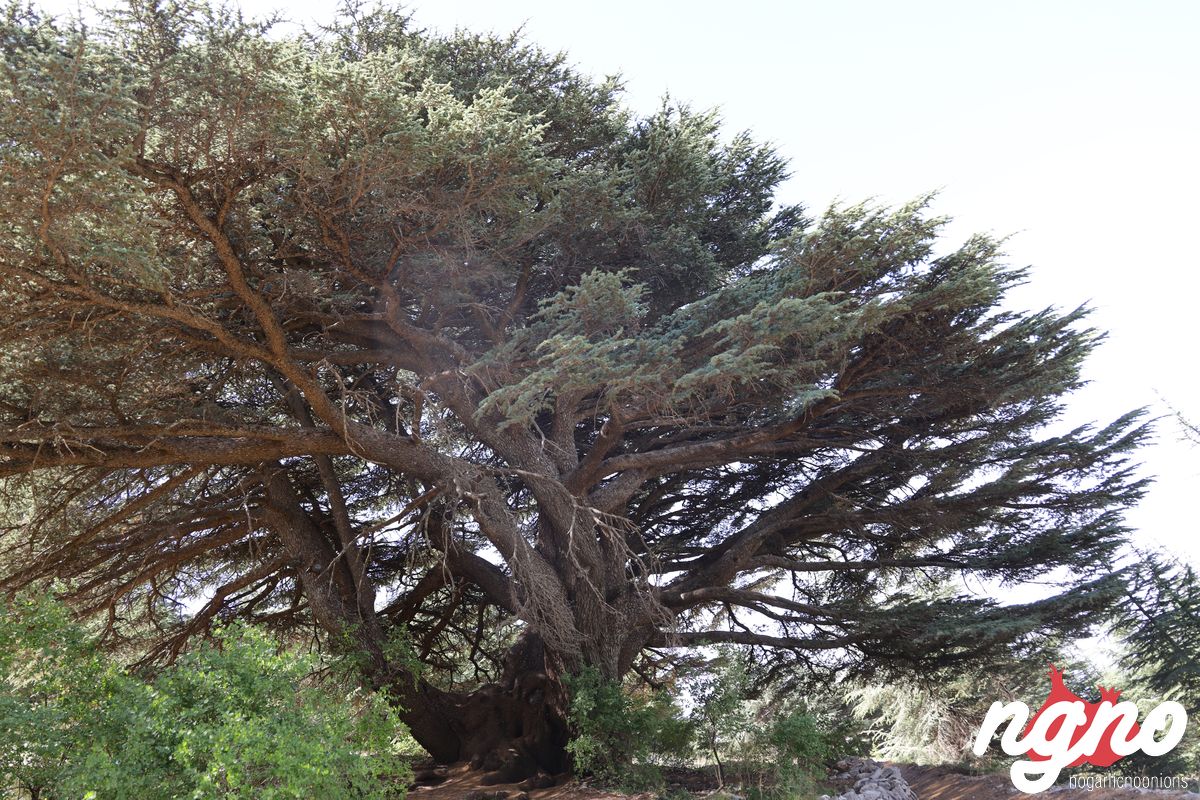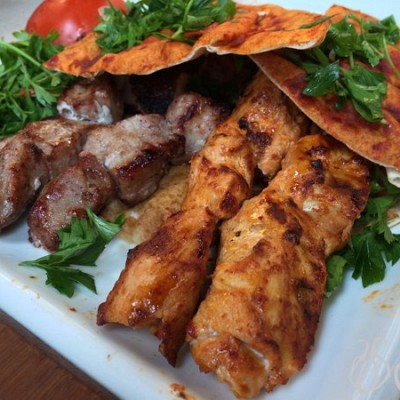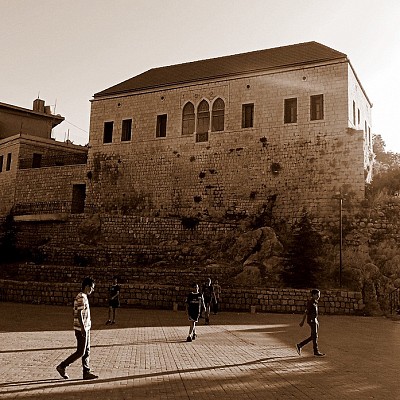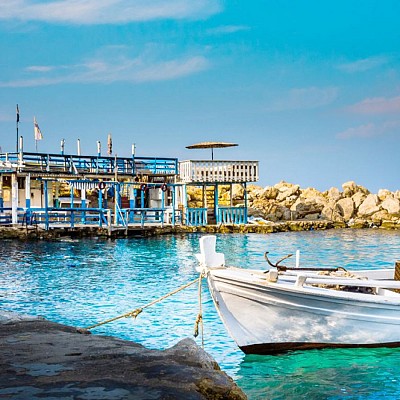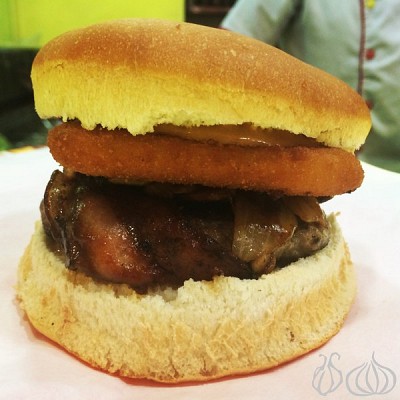Cedrus libani, commonly known as the cedar of Lebanon or Lebanon cedar, is a species of cedar native to the mountains of the Eastern Mediterranean basin. It is an evergreen conifer that can reach 40 m in height. It is the national emblem of Lebanon and is widely used as an ornamental tree in parks and gardens.
C. libani is an evergreen coniferous tree. It can reach 40 m in height with a massive monopodial columnar trunk up to 2.5 m in diameter. The trunks of old trees ordinarily fork into several large, erect branches. The rough and scaly bark is dark grey to blackish brown, and is run through by deep, horizontal fissures that peel in small chips. The first-order branches are ascending in young trees; they grow to a massive size and take on a horizontal, wide-spreading disposition. Second-order branches are dense and grow in a horizontal plane. The crown is conical when young, becoming broadly tabular with age with fairly level branches; trees growing in dense forests maintain more pyramidal shapes.
The shoots are dimorphic, with both long and short shoots. New shoots are pale brown, older shoots turn grey, grooved and scaly. C. libani has slightly resinous ovoid vegetative buds measuring 2 to 3 mm long and 1.5 to 2 mm (0.059 to 0.079 in) wide enclosed by pale brown deciduous scales. The leaves are needle-like, arranged in spirals and concentrated at the proximal end of the long shoots, and in clusters of 15–35 on the short shoots; they are 5 to 35 mm (0.20 to 1.38 in) long and 1 to 1.5 mm (0.039 to 0.059 in) wide, rhombic in cross-section, and vary from light green to glaucous green with stomatal bands on all four sides.
Cedrus libani produces cones at around the age of 40; it flowers in autumn, the male cones appear in early September and the female ones in late September. Male cones occur at the ends of the short shoots; they are solitary and erect about 4 to 5 cm long and mature from a pale green to a pale brown color. The female seed cones also grow at the terminal ends of short shoots. The young seed cones are resinous, sessile, and pale green; they require 17 to 18 months after pollination to mature. The mature, woody cones are 8 to 12 cm (3.1 to 4.7 in) long and 3 to 6 cm (1.2 to 2.4 in) wide; they are scaly, resinous, ovoid or barrel-shaped, and gray-brown in color. Mature cones open from top to bottom, they disintegrate and lose their seed scales, releasing the seeds until only the cone rachis remains attached to the branches.
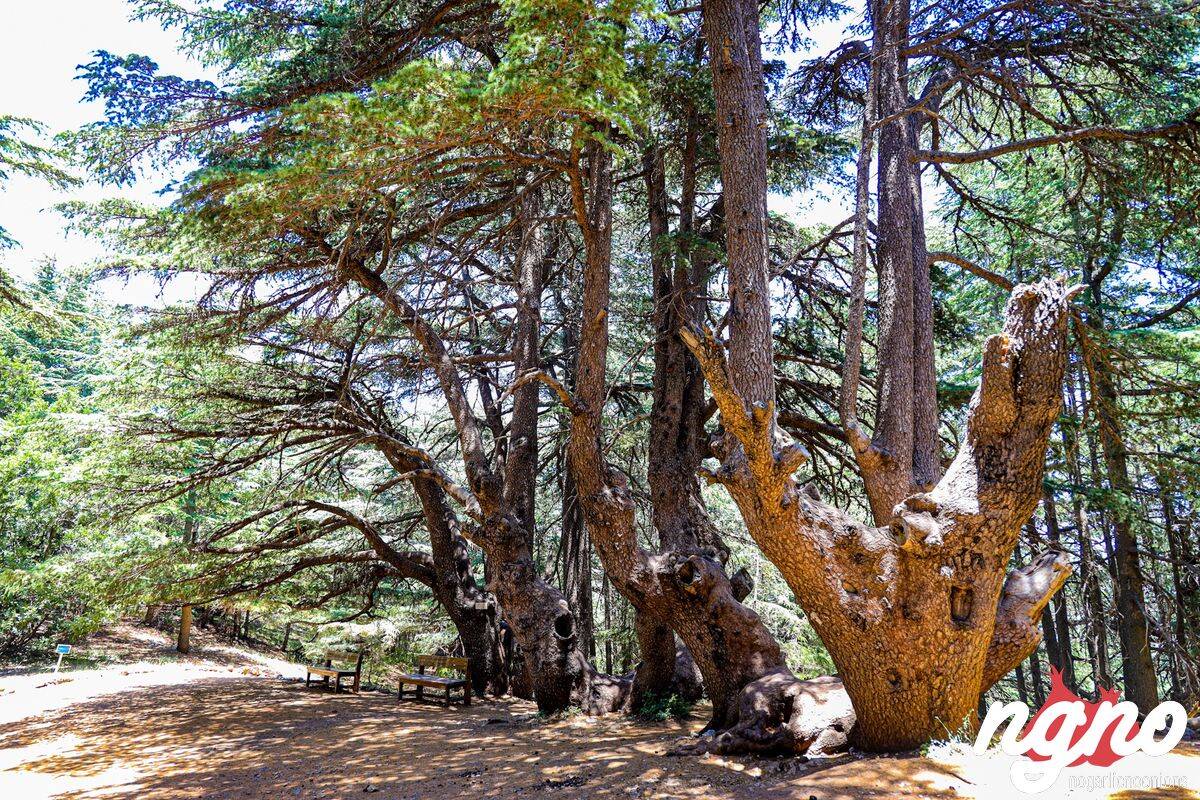
The seed scales are thin, broad, and coriaceous, measuring 3.5 to 4 cm long and 3 to 3.5 cm wide. The seeds are ovoid, 10 to 14 mm long and 4 to 6 mm wide, attached to a light brown wedge-shaped wing that is 20 to 30 mm long and 15 to 18 mm wide. C. libani grows rapidly until the age of 45 to 50 years; growth becomes extremely slow after the age of 70.


















